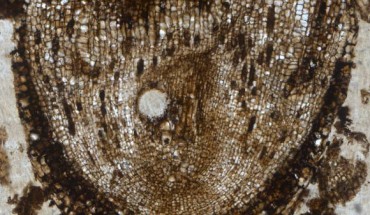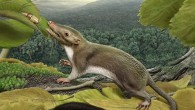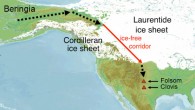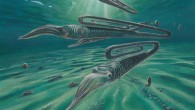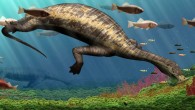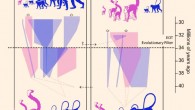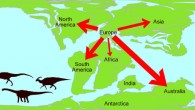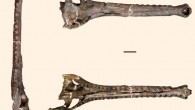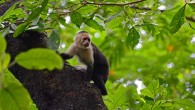A team of paleontologists led by Oxford University researcher Prof. Liam Dolan has discovered the oldest known population of plant root stem cells in a fossil 320 million years old (Carboniferous period). The discovery was detailed in a paper published this week in the journal Current Biology. Radix carbonica. Scale bar – 500 μm. Image credit: Alexander J. Hetherington et al / Oxford University Herbaria. Stem cells – self-renewing cells responsible...

